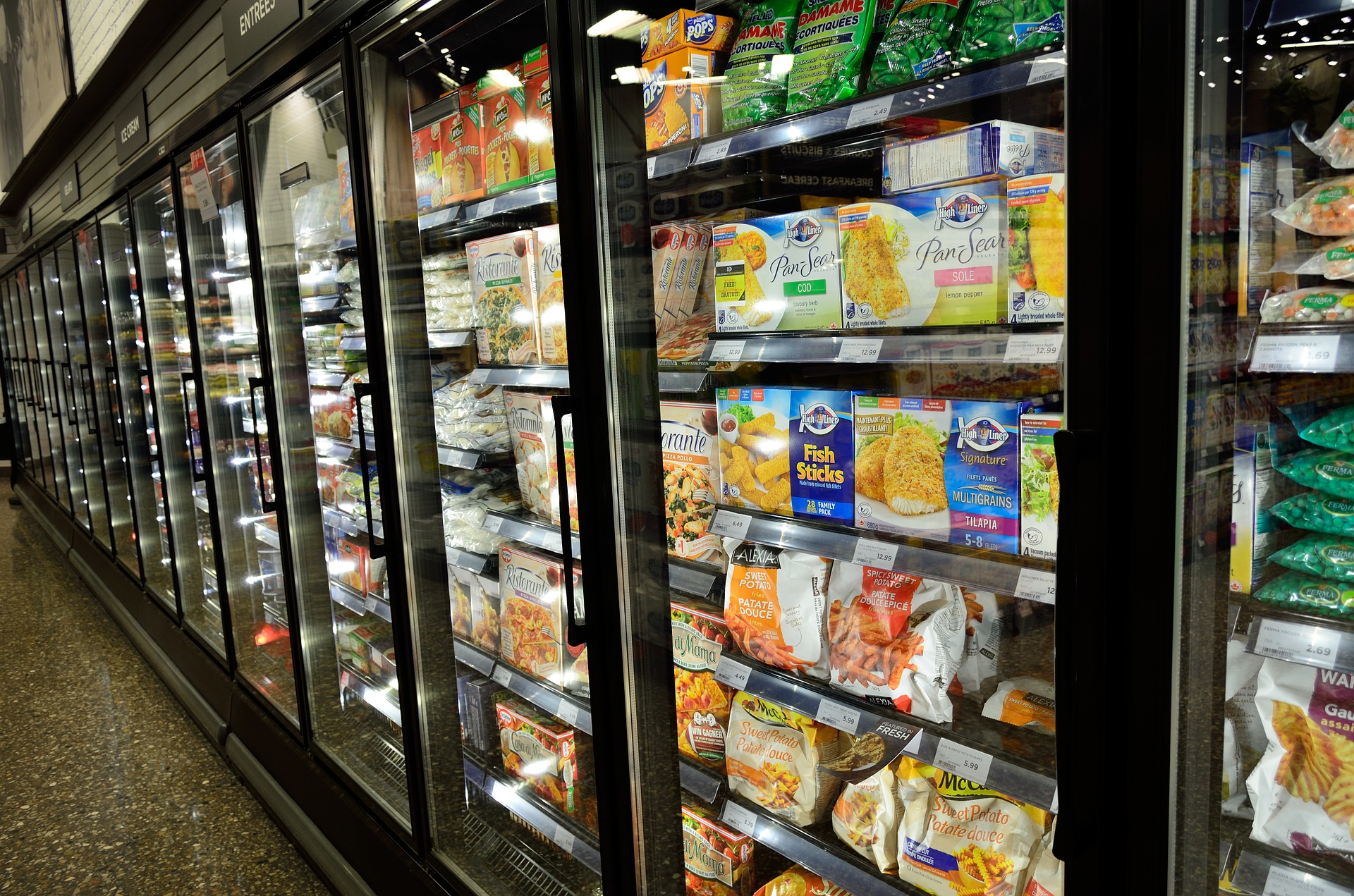Millennials in search of fresher, trendier food options are being blamed for the downfall of canned tuna. Once a cupboard staple, many big-name tuna companies are now fighting to stay afloat in a competitive market.
Data shows that canned seafood products account for slightly less than one fourth of the seafood consumed in the United States, and the amount has decreased steadily over the past two decades. According to a report by the National Oceanic and Atmospheric Administration, the amount of canned tuna consumed has fallen from a high of 3.9 pounds per person in 1989 to 2.2 pounds in 2015.
America’s shrinking appetite for canned tuna is being attributed to changing diets and sustainability concerns. Many customers are showing a growing interest in fresh, local and organic foods, pushing out non-perishables like packaged and precooked tuna fish.
In addition, headlines about mercury poisoning and dolphin bycatch have also played a role in a negative perception of the fish over the years.
Tuna became an issue of public safety in 1970 when a chemistry professor in New York City found unsafe levels of mercury in a can of tuna. The US Food and Drug Administration (FDA) recalled almost 1 million cans of tuna that year as a result.
Over a decade later consumers became concerned with the impact of tuna fishing on ocean wildlife, particularly dolphins. According to the National Oceanic and Atmospheric Association (NOAA) large yellowfin tuna often swim in schools alongside several species of dolphin. As a result, when tuna fishermen release their nets, dolphins can be killed in the process. To address pushback from the public, the US government began regulating “dolphin safe” labels in 1990.
More recently, with the rise of food delivery services, the prepackaged fish has fallen out of favor because the packaging is not considered convenient for many modern consumers. Industry experts agree there is a combination of factors behind canned tuna’s slowdown, including some young people not even having the appropriate utensils to open cans.
“A lot of millennials don’t even own can openers,” Andy Mecs, vice president of marketing and innovation for StarKist, told The Wall Street Journal.
In order to appeal to a younger demographic, some companies are trying to reinvent the processed food by repackaging it, adding “easy-open” pull tabs and spicy flavors or including crackers and forks. StarKist started pushing out new products about five years ago when tuna sales began to slow, rolling out grab-and-go pouches with trendy flavors like buffalo, Thai chili and lemon dill.
Although the future of the canned fish is still murky, its clear that tuna manufacturers are going to have to adapt production, organizational and marketing methods in order to respond to consumer needs and environmental concerns.
However, it’s not all bad news for the tuna industry. In an overview of the global tuna market by the Food and Agriculture Organization of the United Nations, data shows that markets for tuna products continue to increase based on the growth of consumption in new regions of the world and the proliferation of sushi as a global dietary trend.












Join or login to leave a comment
JOIN LOGIN